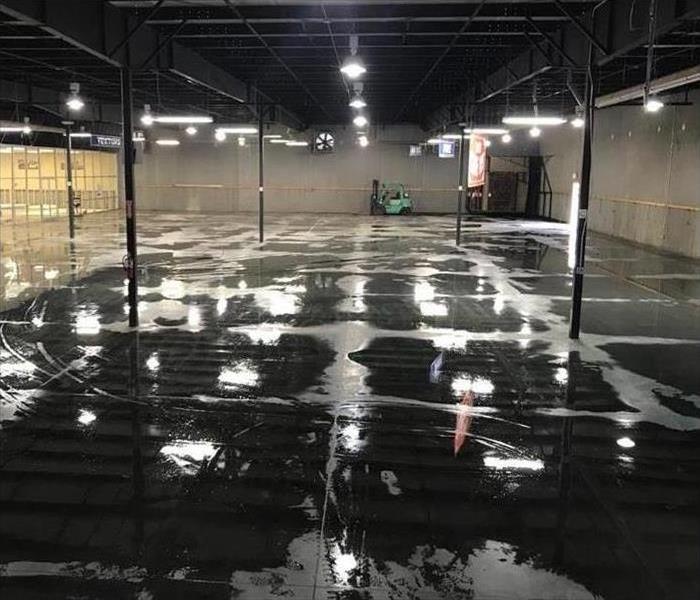Responding to Primary and Secondary Water Damages
6/17/2019 (Permalink)
Responding to Primary and Secondary Water Damages
When a Kansas City, MO, property has been affected by high humidity, water leaks, or flooding, it's important to take steps to avoid secondary damage. In any of these situations and many others, the quick rush of water often leads to a quick rate of evaporation. This, in turn, saturates the air with humidity, and this high level of moisture in the air becomes responsible for the growth of black mold and other damages.
Primary Damages
This type of damage includes anything that happens at the type of the leak or flooding. It may include
- Broken pipes
- Waterlogged building materials
- Damaged furnishings
Secondary Damages
These include the harm done after the initial flood of water is over. Some examples of this are
- The growth of black mold
- Warped flooring
- Fabric degradation
As you prepared to address primary damages, it's important to recognize the potential for secondary harm and to take steps to prevent it.
Remove Water
Damage restoration efforts should begin as soon as possible when properties are affected by dripping faucets, burst pipes, or storm flooding. These efforts should include the use of commercial grade drying equipment, such as heaters and fans. Water restoration and cleanup professionals often have powerful extraction pumps to remove water quickly, reducing the risk of high humidity in the building. A quick, effective response is key to preventing moisture from spreading under walls and throughout porous materials in the building.
Reduce Moisture
Professionals may also use powerful dehumidifiers to take as much moisture out of the air as possible. This equipment quickly prevents condensation from moisture-rich air, further protecting rooms and belongings that hadn't yet been affected by the flooding. Finally, high-speed, high-volume fans should be installed throughout the affected area to constantly replace the humid air with dry air.
The growth of black mold is just one example of secondary damages that may affect your Kansas City, MO, property after any type of flooding. It's important to focus as much on preventing these follow-up damages as you do on responding to primary damages.





 24/7 Emergency Service
24/7 Emergency Service
